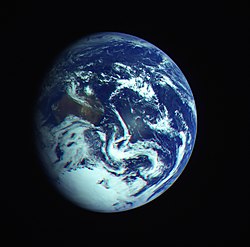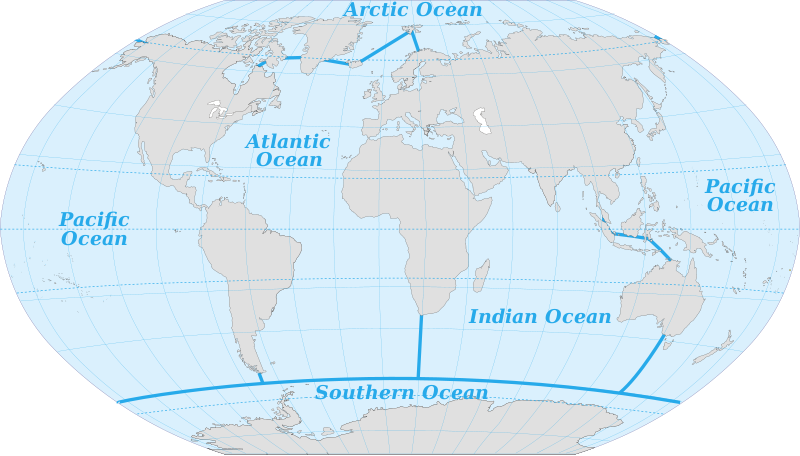
I did a blog post awhile ago about how the oceans might of been formed? Blog post was called Creation of The Oceans.
Creation of the Oceans
The world oceans are body of water that covers covers 70.8 percent of the surface of the earth. More importantly it contains 97% of all water on the planet.
Seawater covers approximately 361,000,000 km2 (139,000,000 sq mi) of the planet. The ocean is the principal component of Earth’s hydrosphere, and therefore integral to life on Earth. Acting as a huge heat reservoir, the ocean influences climate and weather patterns, the carbon cycle, and the water cycle.
There are 5 oceans; Atlantic, Arctic, Pacific, Indian and Southern Ocean.

Oceanographers divide the ocean into different vertical and horizontal zones based on physical and biological conditions. The pelagic zone consists of the water column from surface to ocean floor throughout the open ocean.
The water column is further categorized in other zones depending on depth and on how much light is present. The photic zone includes water from the surface to a depth of 1% of the surface light (about 200 m in the open ocean), where photosynthesis can occur.
This makes the photic zone the most biodiverse. Photosynthesis by plants and microscopic algae (free floating phytoplankton) creates organic matter using light, water, carbon dioxide, and nutrients. Ocean photosynthesis creates 50% of the oxygen in earth’s atmosphere[5].
This upper sunlit zone is the origin of the food supply which sustains most of the ocean ecosystem. Light only penetrates to a depth of a few hundred meters; the remaining ocean below is cold and dark.
The continental shelf where the ocean approaches dry land is more shallow, with a depth of a few hundred meters or less. Human activity has a greater impact on the continental shelf.
Ocean temperatures depend on the amount of solar radiation reaching the ocean surface. In the tropics, surface temperatures can rise to over 30 °C (86 °F).
Near the poles where sea ice forms, the temperature in equilibrium is about −2 °C (28 °F). Deep seawater temperature is between −2 °C (28 °F) and 5 °C (41 °F) in all parts of the ocean.[6] Water continuously circulates in the oceans creating ocean currents.
These directed movements of seawater are generated by forces acting upon the water, including temperature differences, atmospheric circulation (wind), the Coriolis effect and differences in salinity.[7]
Tidal currents originate from tides, while surface currents are caused by wind and waves. Major ocean currents include the Gulf Stream, Kuroshio current, Agulhas current and Antarctic Circumpolar Current.
Collectively, currents move enormous amounts of water and heat around the globe. This circulation significantly impacts global climate and the uptake and redistribution of pollutants such as carbon dioxide by moving these contaminants from the surface into the deep ocean.
For most of us terrestrial beings it’s hard for us to visualise the immense depth of the of the Oceans, but they’re extremely deep! Here’s an short animation to help give some perspective on how deep they are.
These below videos are to do with how climate change and it’s effect on the oceans.
I guess this is one of the main reasons I’m undertaking a global sailing voyage. If the Arctic Ocean has blue event it could mean I’d be able to make a sailing transit of the fabled North West Passage from the Pacific Ocean into the Northern Atlantic Ocean. The most challenging voyage will be the Southern Ocean.
https://podcasts.apple.com/gb/podcast/science-weekly/id136697669?i=1000541070441